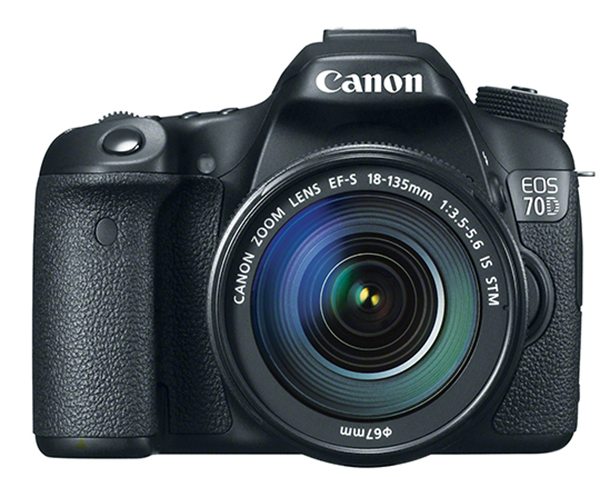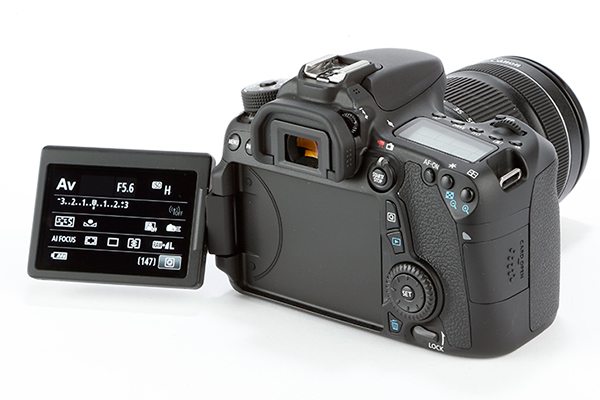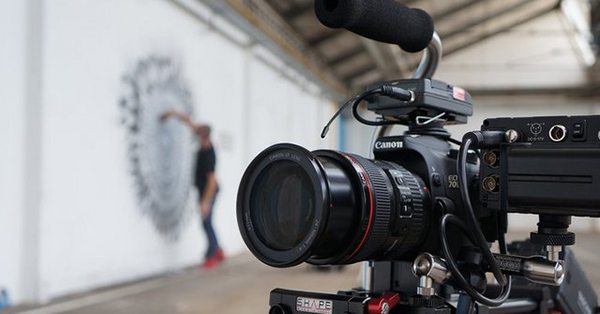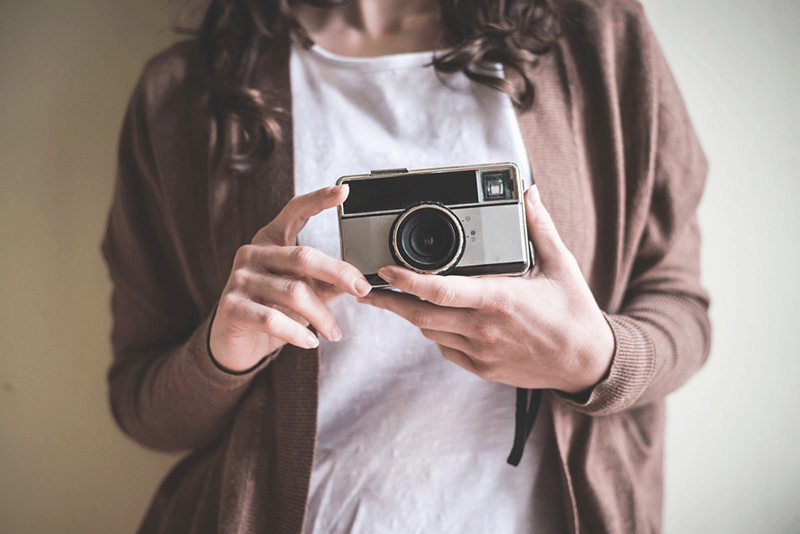The Rumble Continues: CANON 70D VS. NIKON D7100
Over the last few months, whenever people ask us to recommend a decent DSLR for action photography (sports, wildlife, etc.), we would instantly recommend the NIKON D7100. It’s listed at about $1200, and it features a 24 mpx sensor and 51 focusing squares (15 of which are cross-type), it shoots at an acceptable 6 fps, and the image quality in terms of dynamic range and color is simply superb. For the money, you probably couldn’t find anything better or more reliable – and it’s also very sharp when shooting video.
Nikon D7100, front
That was then; but now there’s the CANON 70D, designed to take on the D7100. It is also listed at $1200, yet it features a 20 mpx sensor with 19 focus points, all of which are cross-type. The 70D shoots at 7 fps (a result you’d achieve with D7100, had you knocked down your crop mode to 1.3, which would lower your sensor res to 15 mpx). Both cameras have built-in flashes and wireless transmitters for an external flash. On the surface it seems that this is where the differences between the two end, but we’re going to dig a little deeper and find out which one is the winner here.
Canon 70D, front
First of all, the D7100 has a built-in AF lamp. Interestingly, the camera lacks the low-pass filter which essentially adds sharpness to still images. The trade-off: there could be a little more moiré than you’re used to. It has a built-in headphone jack and a clean HDMI out, and there are also dual SD memory slots.
But CANON 70D features the articulated touchscreen monitor, which is the first thing you notice when you unpack it. Then you find out that it has a built-in WiFi transmitter, which in our opinion is a game changer for photographers worldwide. Also, one scale-tipping advantage of the D70 is the brand new Dual-Pixel autofocus system, which is built directly into the sensor. It’s five times faster when tracking in LiveView, which means that when you’re shooting a video of a moving subject, the focus on a moving point is going to remain pretty solid.
Swiveling touchscreen on the 70D is a big help to “prosumers”
Having compared these two excellent cameras in action, we find that the D70 performs better when shooting in bursts of maximum available frames per second into back light; the buffer on this camera is filling up more slowly than on the NIKON (a good thing), but that’s only when shooting in JPEG, in the highest res available. If you add RAW to the burst, both cams kind of stutter, so the “action photography” prize goes to the CANON 70D.
As far as the low-light performance, both are kind of slow to focus in negative exposure values, but NIKON has the AF assist lamp specifically designed for this kind of shooting, which helps a lot. Now, it only works with the central focusing point, but with that lamp on it can focus even at -1.2Ev in about 30–35 seconds. The verdict: for low-light shooting, NIKON takes the ca
Nikon D7100 sensor
Video: While tracking in LiveVew, the D70 definitely is better; it can hold focus relatively tight for 20 feet, whereas D7100 loses it after just a few feet. Besides, the touchscreen monitor allows for absolutely seamless (although, not perfect) rack focusing (a method which allows videographers to change focal plane from near to far), so for that feature alone, D70 gets the decisive win.
In terms of dynamic range, D7100 is slightly better; but the difference is so slight that it’s hardly worth mentioning. The difference can only be seen in a few very specific situations: for example, the shadow noise is a bit chunkier in D70 when shooting in bright conditions. And we’re not even going to dignify with our attention situations when you use high ISO. Unless you possess special equipment and have a clear reason for shooting in complete darkness, it’s just silly to try to compare which one of these two marvelous (but clearly “prosumer”) cameras are better at, say, 25,600 ISO.
Conclusion: Although the NIKON D7100 is better suited for photographic purists (and those guys can be anal retentive to the point of maniacal, believe us), the CANON 70D just brings more to the table in terms of functionality and value. It’s an easier camera to have and to learn, with dual-focus and an articulating touchscreen monitor; the optical focusing systems are outstanding; and the built-in WiFi (which we didn’t even talk about, but trust us, it’s awesome) is going to be a big help if at some point you decide to work with wireless equipment. So, we declare the CANON 70D the overall winner!
Our winner: the Canon 70D at work
Photo: Canon, Nikon, Depositphotos











